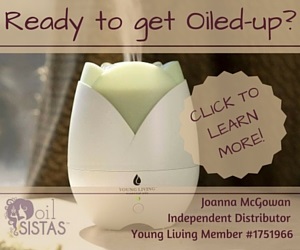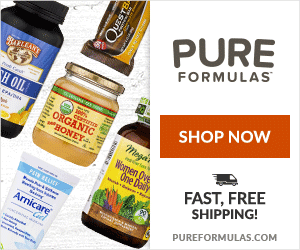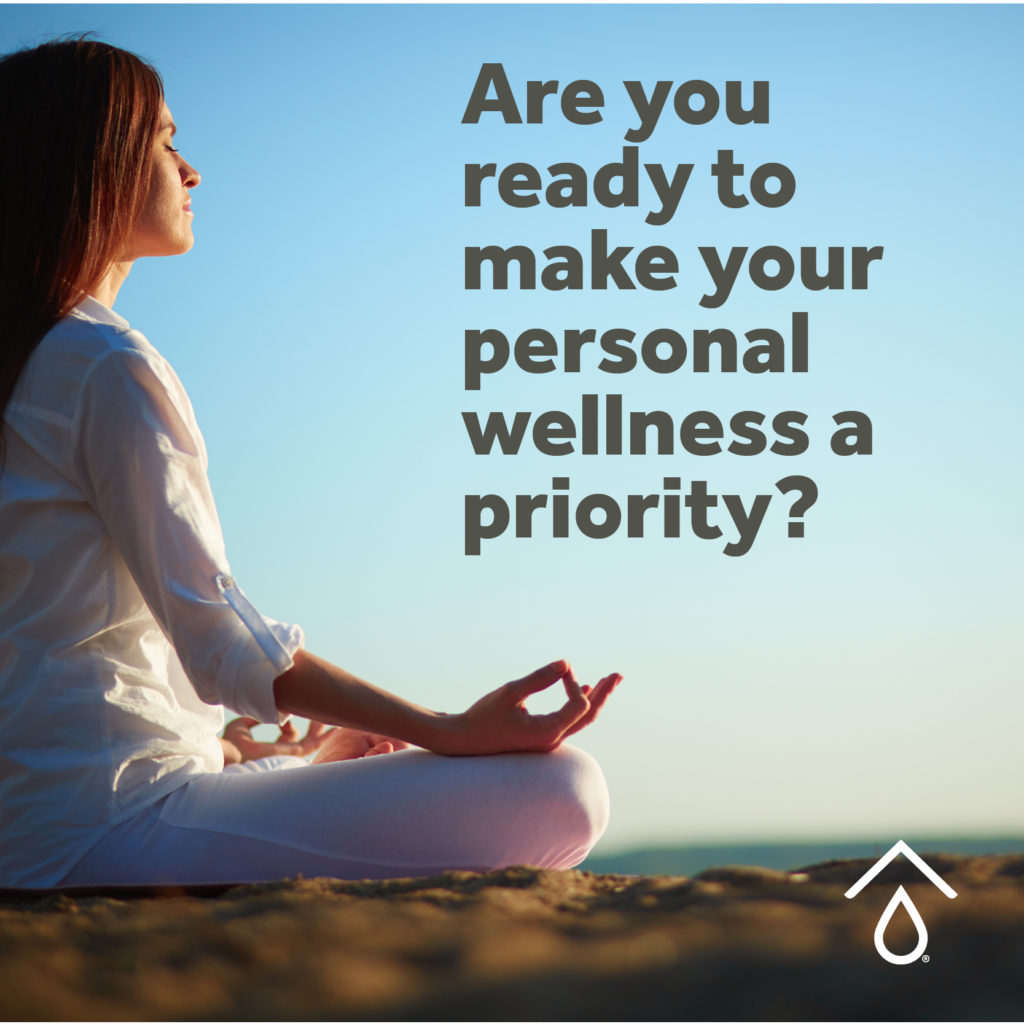I love today’s guest post by Rae Dawn, who is a fellow autism mom, TACA volunteer, and blogger and one of my personal friends. Most families affected by autism hear about taking gluten, casein, and soy out of their child’s diet (also known as the GFCFSF diet). This in itself can be an enormous task. Congratulations if you’ve tackled that, but then what? Once you start learning about all the toxins in EVERYTHING, it can be really easy to get really overwhelmed – and then shut down and do nothing. Alas, no need to fear – Rae Dawn shares what you can do to further reduce toxins and promote healing in simple, manageable steps. This is must read for EVERY family, not just those affected by autism.

So you’ve started the Gluten-Free, Casein-Free, Soy-Free (GFCFSF) diet. This is the beginning of healing, but what’s next? Well, we’ve been on the autism journey with my son for 8 years now. We started the diet when he was 3 ½. Once my eyes were opened to how cleaning up his diet could improve his health and the symptoms of his autism, I started realizing (with the help of other moms on this journey) that there is so much more to clean up. So here are my:
Top 10 Changes to Make – After You Start the Diet
1. Organic – Non-GMO and Beyond

Once you’ve gone GFCFSF and feel secure in the diet, consider taking it up a level. Start opting for non-GMOs and organic foods. Eliminate anything artificial – preservatives, artificial sweeteners and food coloring. You may even want to go on a “real food” diet. Sounds crazy, huh? I bet you thought you were on a “real food” diet. This would be going as home-made, unprocessed, and from-scratch as you can manage. I’ve been on the verge of going on a low glutamate diet. Gluten and casein are high in glutamates. Going low glutamate can take the positive results you are seeing on the GFCFSF diet up to the next level. Watch more here. Baby steps. It gets easier the more you do it.
2. Pajamas

Did you know that all pajamas that are not the form-fitting long underwear style are laden with flame retardants? Early on, my son tested for high levels of arsenic in his blood. I couldn’t figure out how he could have arsenic in his body until I found out that flame retardants are often made of arsenic. And your child is relaxing in these comfy chemical clothes for 8+ hours a day. Instead, opt for the tight fitting PJs. They are usually labeled with a warning that they aren’t flame retardant. Great! This is what you want. In my opinion, the warning would be better if it were the other way around and the other pajamas were ticketed with a “Warning, we soak these garments in arsenic, so you might want to think long and hard if you want to let them touch your child’s skin” label. For long-lasting quality that can be passed down to siblings and friends, I love these organic pjs sold at Hanna Andersson. They usually have $20 sales a few times a year and here’s a referral code for a discount on your first order. They also have excellent customer service. Order several sizes larger than you need and they can have them for longer. I also get affordable and cute PJs at Crazy 8.
3. Cookware

Ditch the Teflon ASAP. Have you ever wondered, “What the heck is Teflon?” It wasn’t until I really started to think about what I was putting in my son’s body that this ever popped into my mind. Well, Teflon is a trademarked name owned by the chemical giant DuPont. It is Polytetrafluoroethylene (PTFE). Try saying that three times fast. This stuff is horrible for you. According to the Environmental Working Group “toxic fumes from the Teflon chemical released from pots and pans at high temperatures may kill pet birds and cause people to develop flu-like symptoms (called “Teflon Flu” or, as scientists describe it, “Polymer fume fever”).” It’s just bad stuff. I recommend switching to cast iron and stainless steel or ceramic pans. For cast iron, I recommend Lodge. It is the only brand made in America (but their pre-seasoned pans are seasoned with soy oil; so I suggest washing thoroughly and re-seasoning before your first use). Cast iron pans are amazing! They brown foods beautifully and actually provide an additional source of iron just from cooking in them. You should not use them for heavily acidic foods, unless you get an enameled pan. I have three different sized cast iron skillets, an enameled dutch oven and a waffle iron. I also use stainless steel, especially for sauces and boiling foods. I have a glass and a ceramic pan for baking. While you are at it, ditch your aluminum foil…because it is made of aluminum, a neurotoxin. Use unbleached parchment paper instead. And if you are looking for a slow cooker/pressure cooker, I love my InstantPot. It is also has sauté, rice cooker and yogurt making functions. And the InstantPot is made of stainless steel, as opposed to ceramic slow cookers which can contain lead.
4. Bedding

Yes, even your sheets are sprayed with flame retardants. So are pillows, other bedding and even your mattress. This is a baby-steps issue. You probably don’t have it in your budget to go out and buy new mattresses and bedding for the whole family. So go slowly. Every time I buy new sheets, I go organic. I have found excellent quality and affordable organic sheets at Target. They are really well made. I’ve also purchased organic sheets and bedding on sale for my son at Pottery Barn Kids. But the very first thing I bought for my son was a wool pillow from Cuddle Ewe. I like these pillows because they are naturally flame retardant and a nice size for kids. They aren’t so full of batting that their little necks will be thrown out of alignment when sleeping on them. And they offer excellent customer service.
5. Cleaning Products

Do you know how many dangerous chemicals are in your cleaning products? Known carcinogens and lung irritants abound in what we spray in our bathtubs. Then we let our kids soak in it. I can’t believe how blind I was or that this stuff is even legal! I now clean almost my entire house with baking soda and vinegar. This is the stuff of the gods! I used to make fun of my grandmother for cleaning her house with these old fashioned items when there were “scrubbing bubbles” to do the job. Now I wish I could ask her for more of her green recipes. You know what the weird thing is? Baking soda and vinegar work better than any of the harsh chemicals. This stuff will clean up soap scum in a tub or shower head, unblock your drain, clean your oven, and freshen your laundry. My all-purpose cleaner is a cup of vinegar, about 15 drops of thieves oil (Joanna can hook you up with some thieves), and two cups of water in a spray bottle. My laminate floor cleaner is equal parts alcohol, vinegar and water with 10 drops of thieves in a Libman Freedom Spray Mop. For bathtubs, get them wet and sprinkle in baking soda, then rub clean with a sponge. This is how I clean sinks too. There are tons of blogs and tutorials that offer great recipes for cleaning products. I buy my baking soda and vinegar in bulk at Costco.
6. Toiletries

The skin is the largest organ in your body and absorbs whatever you put on it. A study in the American Journal of Public Health dealing with the body’s absorption rates of toxins in water found that skin absorbs an average of 64% of the “total contaminant dosage.” If your toothpaste, dental floss or shampoo has gluten in it, your child is still absorbing gluten. So make sure all of your personal care products are GFCFSF. And think about removing other neurotoxins and chemical,s too. In our family, we have all switched to fluoride-free dental care products. I even make my own toothpaste and deodorant (yes, they are both made of baking soda)! For shampoo, I use Everyday Shea Baby Shampoo & Body Wash for my son. He brushes his teeth with Kiss My Face Berry Smart Flouride Free Toothpaste. For soap, we use Dr. Bronner’s Castille Soap or Sonoma Soap Company soap. And I make my own foaming hand soap with Dr. Bronner’s liquid soap, distilled water and thieves oil, which smells like Christmas. It’s super easy and super affordable!
7. Baking Soda and Epsom Salt Baths

Speaking of the skin absorbing toxins and contaminants, there are two easy tricks to make bath time an occasion to absorb something good for you, instead of chlorine. First, when you are running your bath water, add about 2 cups of baking soda. Remember when I said that I get the bulk size?? This is why. The baking soda will neutralize some of the chemicals added to the water. Then add a cup or two (depending on the size of your child) of Epsom salt. The Epsom salt will add magnesium to the water. This can help to calm you and your child (though it can make some a little hyper – so start slowly). Your body will also absorb the beneficial magnesium. But don’t let little ones drink the water. Epsom salt is also a laxative. Yes, I learned this the hard way. And also make sure that you are using food-grade Epsom salt as opposed to gardening Epsom salt.
8. Laundry

If you use a heavily perfumed laundry detergent, remember that this stuff is absorbed by the skin too. I’ve read many blogs on making your own laundry detergent, but I haven’t found the time for this one yet. So, I buy Country Save laundry detergent. There are many great products out there, but this one works for me. I also add a cup of (you guessed it) baking soda in with the wash. And I use a cup of white vinegar instead of fabric softener. Fabric softener, including dryer sheets, are chock full of toxins. I mean really bad stuff. Just google it and you’ll find lists of reasons why this stuff is terrible for you. My favorite bad-for-you ingredient in them is chloroform. You know, the stuff they use to knock out Wonder Woman on the 1970’s Lynda Carter TV series. If it can knock out Wonder Woman, you should not have this stuff anywhere near you or your kids. Just use vinegar or wool dryer balls. For a little added fragrance, you can add a drop or two of essential oil on the balls – I love a little lavender, especially for bedding.
9. Heating Up Food

About a year ago, I finally gave up my microwave. Now I only use it for its kitchen timer feature. Various studies have shown that microwaves can alter the molecular nature of the food, drastically reduce the nutrients in the food, and add to the food’s toxic load if it there are toxins and chemicals in the food (or even BPA plastics in the “microwave-safe” cartons and packages in which we microwave the food). After all, microwaves are non-ionizing radiation. Try heating up food the way our parents did in the 1970’s – on the stove top or in the oven. You may be surprised how fast you can heat up your food in a stainless steel or cast iron pan on the stove top. Or go right from the fridge to the oven in a glass storage container. Just make sure that you put the cold glass container in a cold oven and then turn it or it could crack from the fast change in temperature. I bought some great hammered stainless steel kadhais that are made in India at Cost Plus World Market. I use them for everything from heating up soup or leftovers to boiling water and melting ghee or coconut oil. So useful!
10. Find a MAPS Doctor

I know that this is a pretty big leap from baking soda to medical doctors, but it is so important that I wanted to include it. MAPS is the Medical Academy of Pediatric Special Needs. These are doctors who take a science-based approach in treating children with autism and other special needs medically. They do thorough testing and help you identify biomedical reasons for why your child may have a specific problem – diarrhea, sleep issue, eczema, allergies, gut issues and so much more. These doctors are expensive and they almost never take insurance, though you can usually get your insurance company to refund at least part of the cost as an out-of-network doctor. But they can be life changers to figuring out what is causing your child’s issues. And when these co-morbid medical issues are treated, the symptoms of autism can decrease. There is hope! If you can’t afford this right now, I suggest joining a support group or online discussion forum where you can get more information about supplements and biomedical therapies that you can do on your own. You can also get ideas about how to fundraise to take your child to a MAPS doctor. I also know families who have requested that, as an alternative to holiday or birthday presents, gift-givers instead donate to a MAPS doctor fund. There are also organizations that offer scholarships to see these docs.
I do everything on this list. It has gotten to be a normal part of my life. And it’s pretty easy. Much of this will save you money, but organic food and MAPS doctors are costly. I’d also recommend that you find a support system of like-minded parents. For me, it’s Talk About Curing Autism (TACA). Everything that I have listed here is something that I learned from TACA. I also won a first visit and follow up appointment to our first MAPS doctor at a TACA picnic auction. TACA also offers webinars, meetings, and conferences where these doctors give presentations and answer your questions. TACA even provides free parent mentors who can guide you through this process and help you make a plan.

So make your plan. What’s the next step for you? There are some simple things you can do and some that take a little more planning. Do you have some baking soda in your fridge? Pull it out and pour a cup in your kid’s bath tonight and you’ve already done one thing. Baby steps.

Remember, you are not alone. We’re all in this together. And you can do it!
 Rae Dawn Hadinger is an attorney recruiter by day and occasional actor. She has been honored as one of Lawdragon’s “100 Legal Consultants You Need to Know.” She volunteers as a Parent Mentor and Chapter Coordinator for Talk About Curing Autism (TACA). Rae Dawn has her own blog – UnlabeledLiving.com – that focuses on natural living and the journey toward healing autism.
Rae Dawn Hadinger is an attorney recruiter by day and occasional actor. She has been honored as one of Lawdragon’s “100 Legal Consultants You Need to Know.” She volunteers as a Parent Mentor and Chapter Coordinator for Talk About Curing Autism (TACA). Rae Dawn has her own blog – UnlabeledLiving.com – that focuses on natural living and the journey toward healing autism.

 My autism journey has changed the way I live and care for my family. I am passionate about nontoxic products, natural remedies, grain-free nutrition, essential oils, and healing the symptoms known as autism. This is a space for anyone aspiring toward cleaner, healthier living.
XO Joanna
My autism journey has changed the way I live and care for my family. I am passionate about nontoxic products, natural remedies, grain-free nutrition, essential oils, and healing the symptoms known as autism. This is a space for anyone aspiring toward cleaner, healthier living.
XO Joanna





